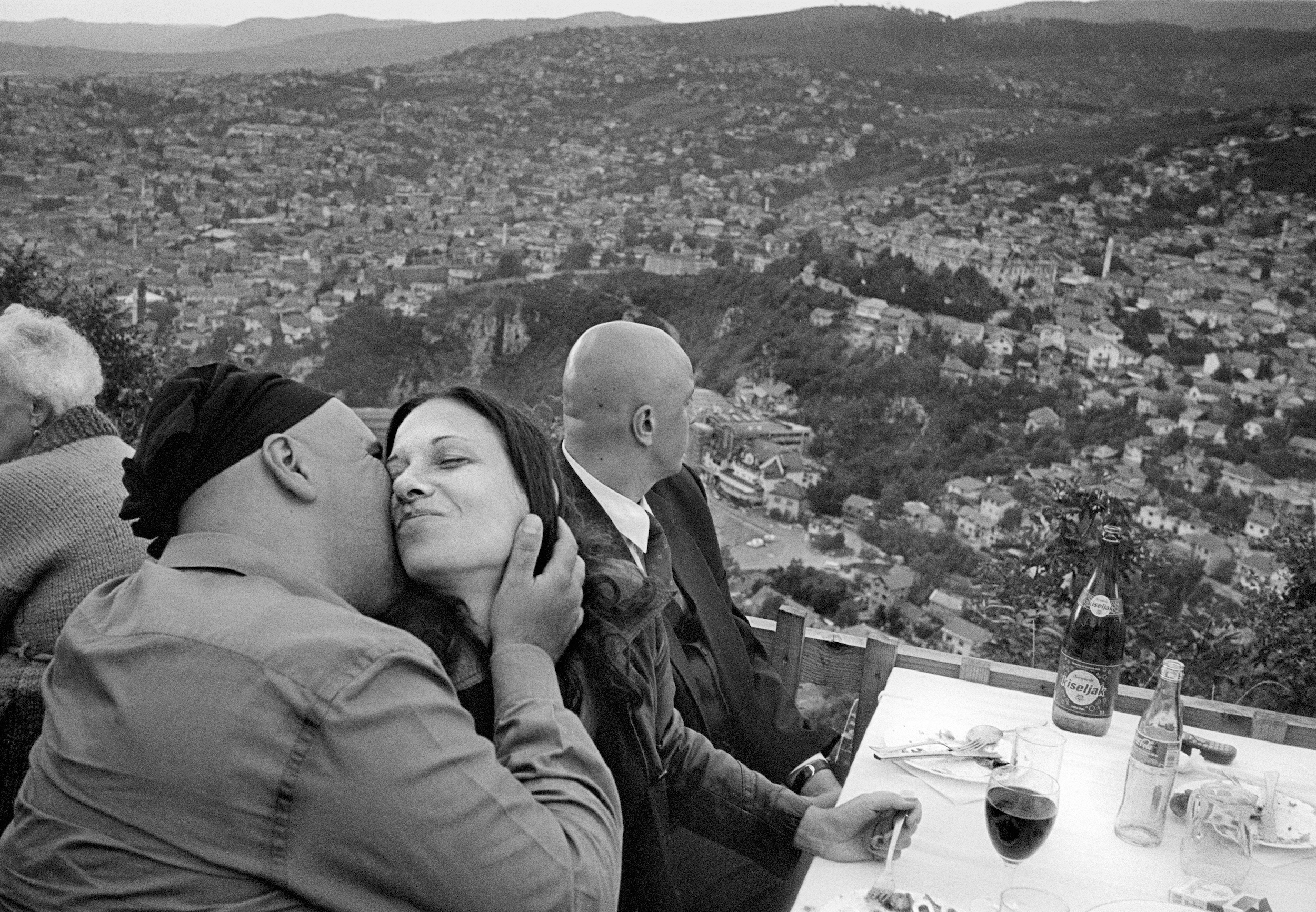A couple kiss while celebrating their wedding at the Biban restaurant overlooking Sarajevo in 2003, near the former front line of the Bosnian War. Photograph © Paul Lowe / The VII Foundation
A dedicated photojournalist, educator, thinker, runner and dancer, Paul Lowe influenced a generation of students, academics, journalists, and art & culture workers, writes his friend and LCC colleague, Max Houghton
The British photojournalist Paul Lowe bore witness to the wars and conflicts that defined the age through which he lived, and which shaped him. From the fall of the Berlin Wall, to the Russian incursion into Grozny, Chechnya, to the Somalia famine in 1992, Paul was there, to document for the record; to offer the first visual draft of history. A graduate of the legendary Newport documentary course, led by David Hurn, as well as a history graduate of Clare College, University of Cambridge, Paul’s skill lay in how he corralled the momentous historical event and its human response onto the plane of the photograph. His ability to synthesise the complexities of conflict and its representation propelled his images onto magazine covers, into broadsheet features, and would later form the foundations for his profound academic contribution to the ethics of documentary photography.
It was the war in the Balkans that would transform his life forever, personally and professionally, as he documented the siege of Sarajevo, which lasted for nearly four years, and was the longest siege in a capital city in the history of modern warfare. It was there he met Amra Abadzic, born and raised in Sarajevo, who was working for Reuters News Agency throughout the siege, and who would become Paul’s wife and lifelong collaborator. His photographs from Sarajevo and the wider region were published contemporaneously all over the world, and have subsequently been exhibited in many prestigious international institutions, such as Sarajevo City Hall, the Srebrenica Memorial Center, and the Gallery of Contemporary Art in Tirana.
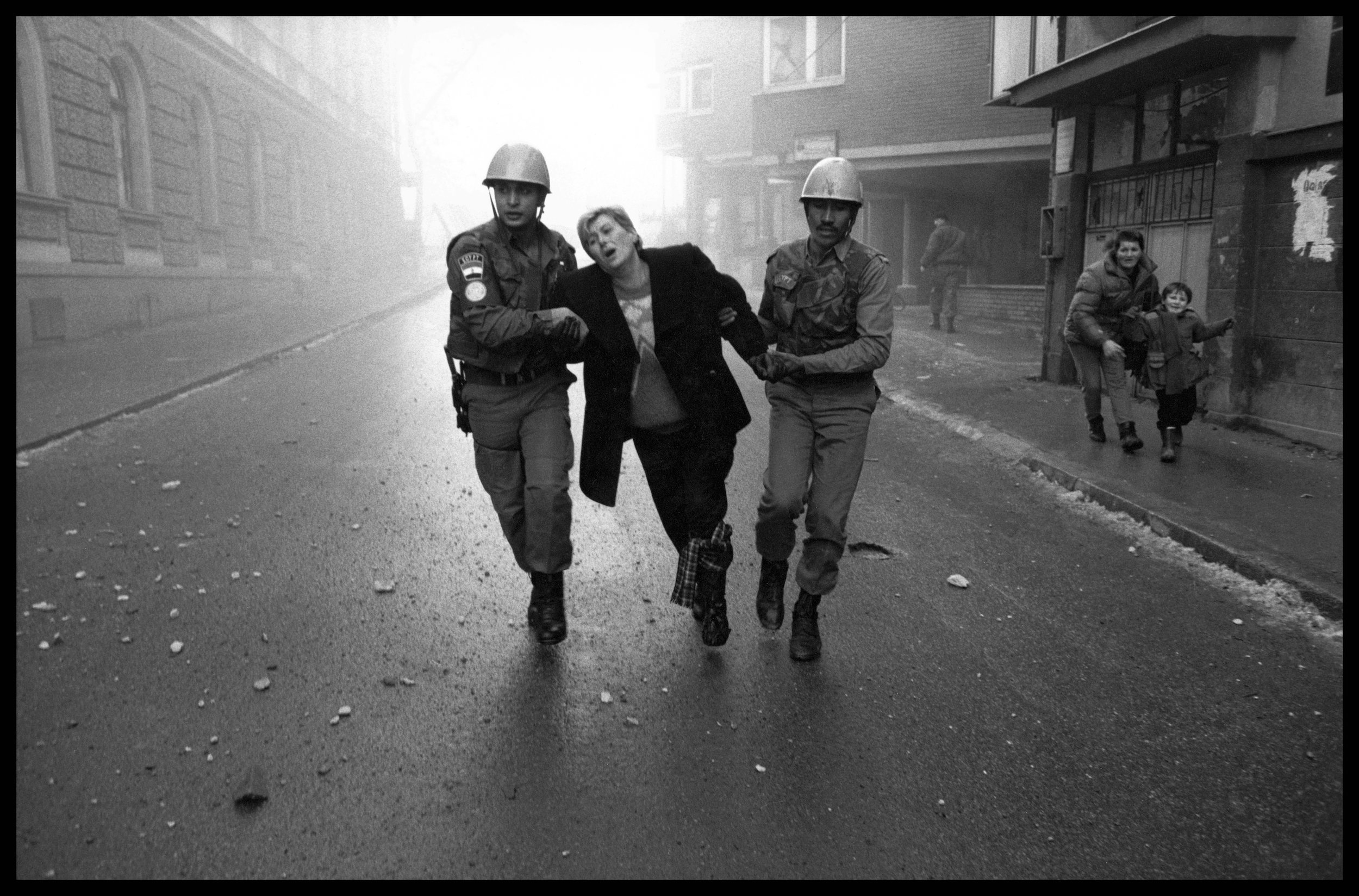
“His images are testament to the centrality of the photograph in memory and in history”
In now iconic images, such as a child playing with a ball next to an anti-tank device on Sarajevo’s frontline, or the string quartet performing in the ruins of the city’s library, or the wounded woman being supported by Egyptian UN soldiers after mortar attacks on the city centre, Paul captured a fraction of a second of human experience that obtained deeper significance over time. His images are testament to the centrality of the photograph in memory and in history; his understanding of its ability to connect past with present is what honed his eye.
Realising frontline photography was unsustainable for the family life to which he was devoted, Paul’s thoughts turned towards teaching prospective photojournalists, and, over time, to what it means to bear witness to atrocity. At Foto8 in London, where I worked as a writer, and where in 2005 we had exhibited his work Bosnians in our gallery, Host, Paul (while dancing) told me about an online course he was setting up at London College of Communication, one of the first of its kind in the UK. He soon persuaded me to jump ship from the institution where I was teaching to join him at LCC.
When I arrived, Paul was running both the groundbreaking online course and the already renowned onsite course in photojournalism and documentary photography, which he had recently been able to accredit as a master’s degree. He referred to intricate matters of timetabling as ‘4D chess’, which was equally a fair description of how his brain functioned, as he established and grew the two courses, which have become world-leading in their field. Paul stretched time far beyond its linear limits; he was regularly, provably, in two places at once, making sense of students’ ideas and working with them long after their period of study, helping hundreds upon hundreds of people realise their potential, photographic and otherwise. This extraordinary ability was born of the fact that he saw the very best in everybody; his exceptional generosity was as unsentimental as it was limitless. The most frequent phrase used about him at work was ‘force of nature’.
Paul’s academic contribution to the discourse of photojournalism and documentary photography centred around the ethics of witnessing. In this, he was in dialogue with contemporary thinkers such as Susan Sontag, Ariella Aïsha Azoulay, Susie Linfield, Judith Butler, Barbie Zelizer and many others. His rare combination of theoretical rigour and frontline experience brought visionary clarity to his scholarly works such as Photography, Bearing Witness and the Yugoslav Wars, 1988-2021: Testimonies of Light, Understanding Photojournalism and Reporting the Siege of Sarajevo.
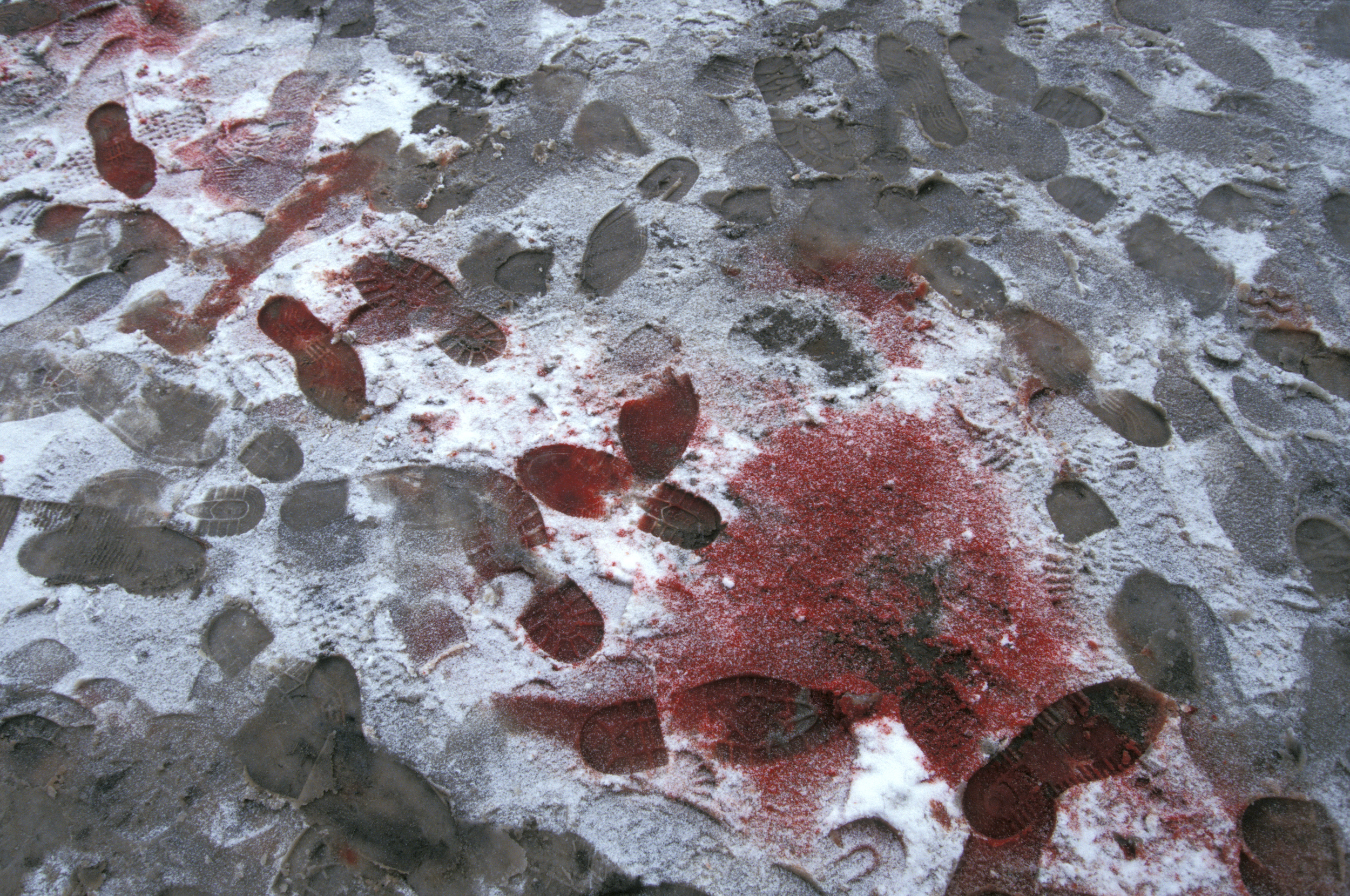
Like other photographers in Bosnia at the time, who witnessed crimes against humanity and genocide taking place contemporaneously, he understood that to do so ‘demands a position of moral courage from the practitioner, moving them from detached journalist to active advocate, providing testimonies that celebrate and commemorate the human spirit’. The war in the Balkans engendered a fundamental shift in photojournalism, towards an understanding of images both as evidence and as a call to action, which would contribute to the eventual Nato intervention, and to the International Criminal Tribunal for the former Yugoslavia. Paul was beginning an LCC collaborative project with Amnesty to continue this urgent, essential work on visualising war crimes.
The annual academic conference he co-organised in Sarajevo, Why Remember?, tackled the role of the photographic image and of culture more widely in public memory. This year’s edition focused on reframing trauma, with powerful contributions from War Childhood Museum in Sarajevo, the Johannesburg Holocaust & Genocide Centre, and the Imperial War Museum, as well as colleagues from Ukrainian universities, University of the Arts London, King’s College London War Studies, and many other global scholars. Paul’s personal commitment to the city he made his home, and to justice, insisted that all who knew him would care deeply about Sarajevo too; about the dereliction of duty on behalf of the international community during the war, but also about matters of restorative justice and paths towards peace, which became a focus, notably with his work with the Peace and Conflict Cultural Network at UAL.
Conference delegates dined together each evening in the atmospheric restaurants of the city’s Baščaršija, and, memorably, at the restaurant in the mountains overlooking the city which is the setting for the charged, joyful image of the couple kissing – they were just married – that forms the cover of Bosnians. The luminous city descends below, looking eternal. Sarajevans loved the four mountains which encircled them, yet this geography facilitated sniper positions and turned the city below into a sitting target. Eleven thousand people died in the siege.
This summer, Paul’s photographs of the siege were exhibited, for the second time, in the grand octagonal hall of the Vijećnica, Sarajevo’s City Hall, destroyed by Serbian incendiary shelling during the war, in an attempt to wipe out Bosnia’s cultural heritage. Though hundreds of irreplaceable documents were burned, including some from Ottoman times, the library itself was completely rebuilt, reopening in 2014. Paul’s film of the siege – still images set to music – was also on show, in Gallery 11/07/95 Memorial Museum in the city. Watching it with colleagues and strangers, tears fell from every eye.
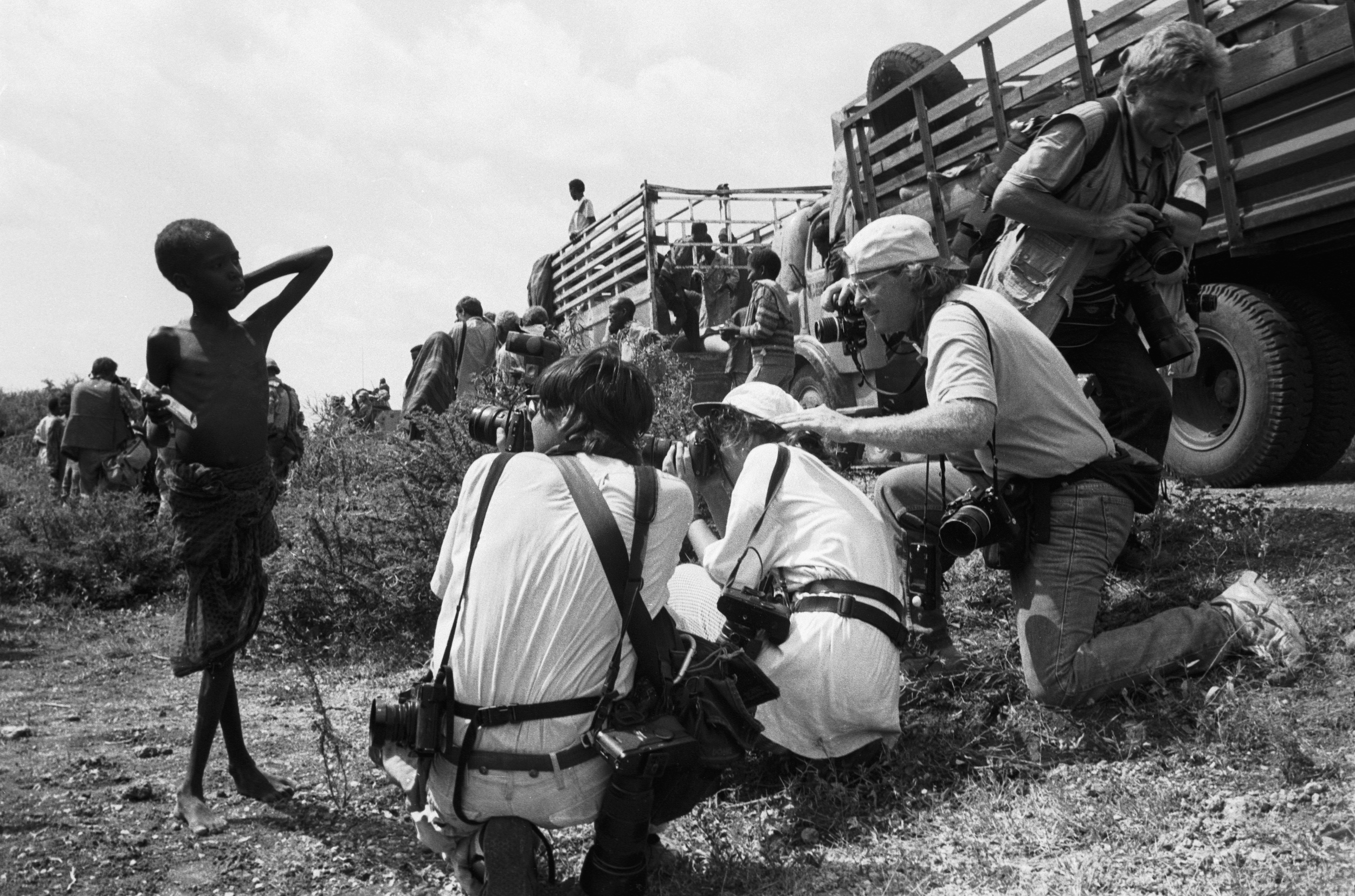
Everyone who ever worked with Paul will understand that to do so was to become his friend. Paul took us all with him, creating constellations of people all over the world, who now share community and creativity, not least among the photographers of VII, of his prior agency Panos Pictures, and even at Magnum, where he was nominated as an associate member in the early 2000s.
This expansive capacity extended into other areas of his life. He was a dedicated and accomplished runner; an activity he also wanted to share. In the first week of term, the 2015 cohort and I accompanied him as he led a chi-running event around Elephant and Castle, London with his customary enthusiasm. He completed marathons and ultra-marathons with similarly motivated alumni and colleagues, and ran daily, whether along the Miljacka River, up snowy Mount Igman, or in Clissold Park. He even won first place in a recent race in Sarajevo for runners and their dogs. His passion for dancing ran the gamut from Northern Soul to ABBA to a fine salsa step. He would appreciate being remembered for posterity as a sharp dresser too.
Paul’s death is a gaping wound for those of us who knew and loved him, but a generation of students, photographers, writers, academics, NGO and cultural workers, journalists and artists has been forever changed by encounters with the award-winning photographer, who became a visionary educator, and, fittingly, Professor of Conflict, Peace and the Image. His photographic and academic legacy is assured, yet it is his matchless energy and indestructible spirit that will survive in all of us, in the images we make, the stories we tell, and the friendships we nurture.
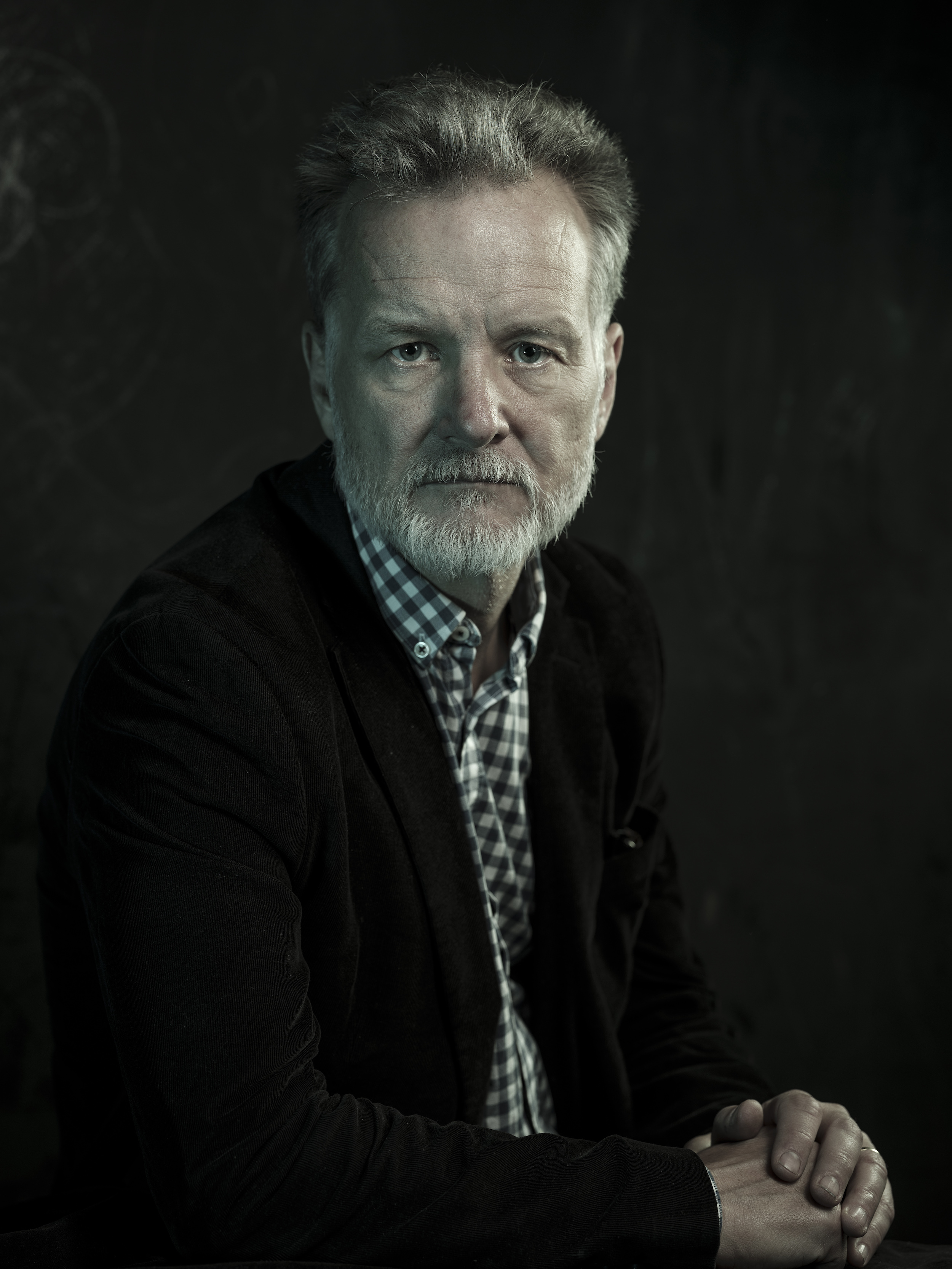
Paul Lowe, Professor of Conflict, Peace and the Image, London College of Communication, University of the Arts London, 06 November 1963–12 October 2024. He is survived by his wife and sons.
Photography, Bearing Witness and the Yugoslav Wars, 1988-2021: Testimonies of Light by Paul Lowe, Routledge, 2024
Reporting the Siege of Sarajevo by Kenneth Morrison and Paul Lowe, Bloomsbury Publishing, 2021
Understanding Photojournalism by Jennifer Good and Paul Lowe, Routledge, 2019
Bosnians by Paul Lowe, Saqi Books, 2005

